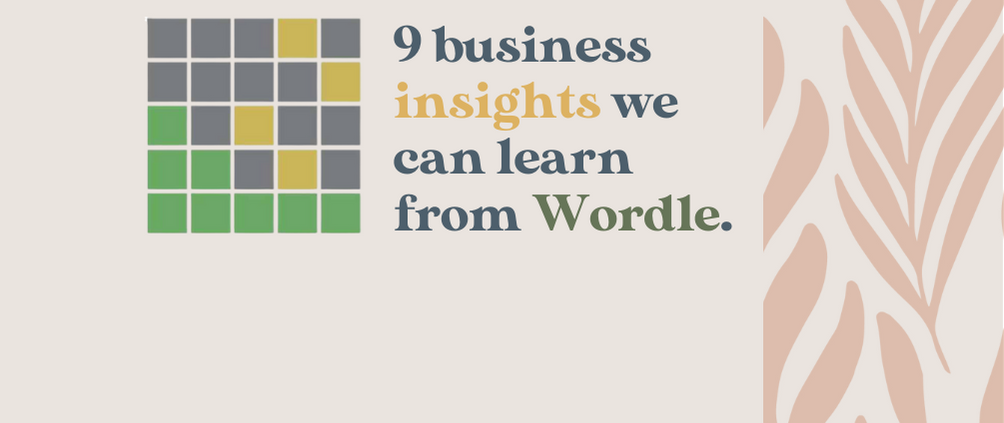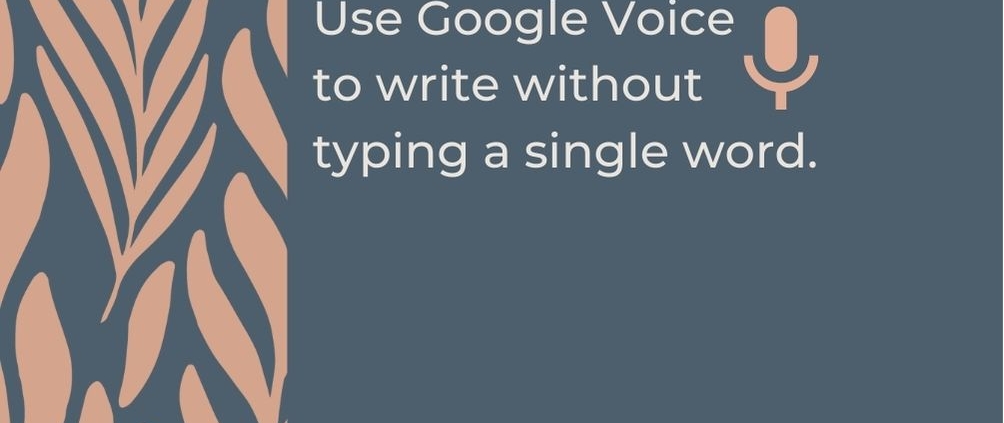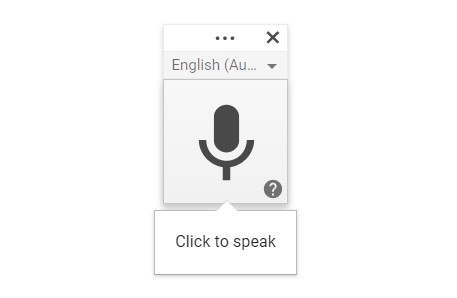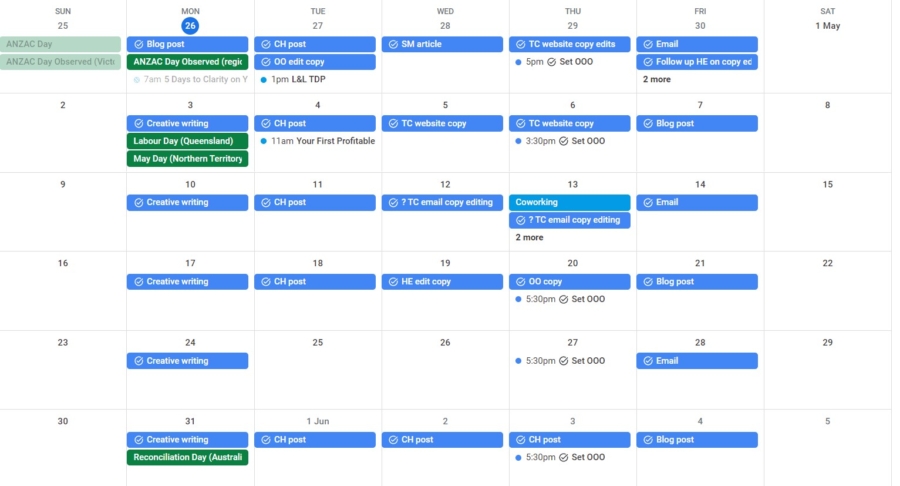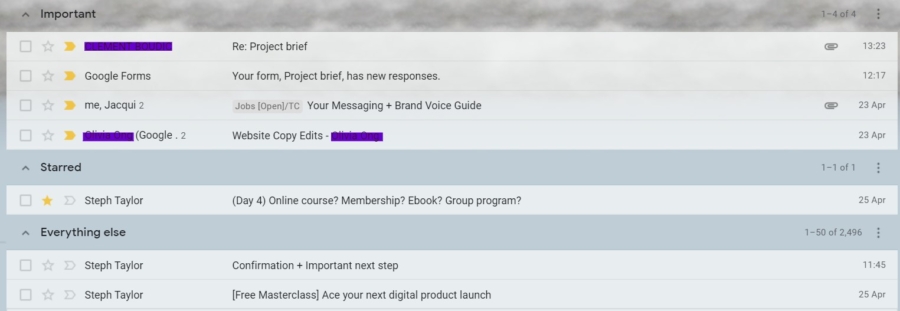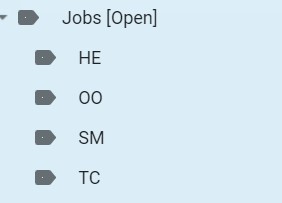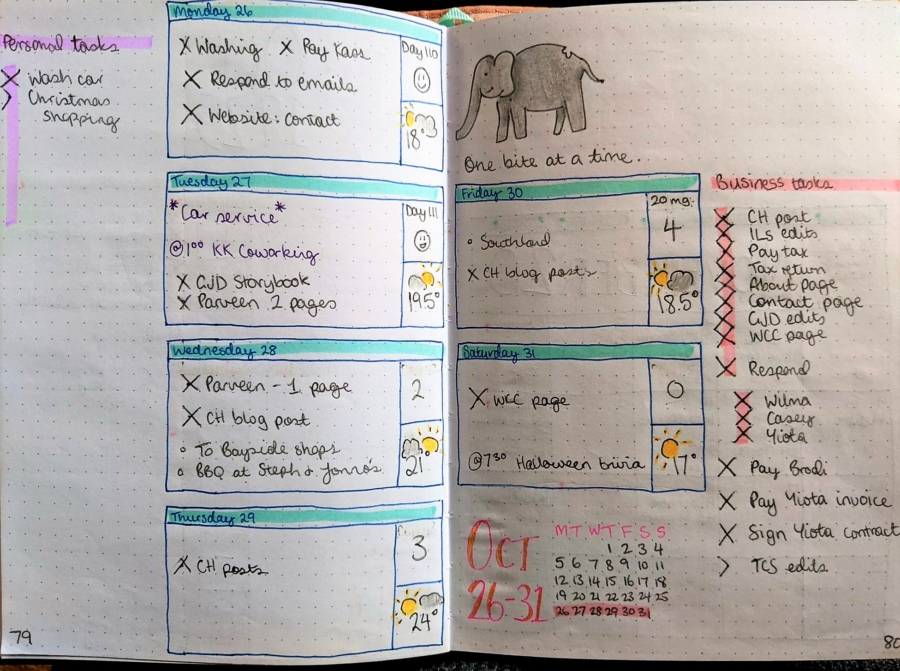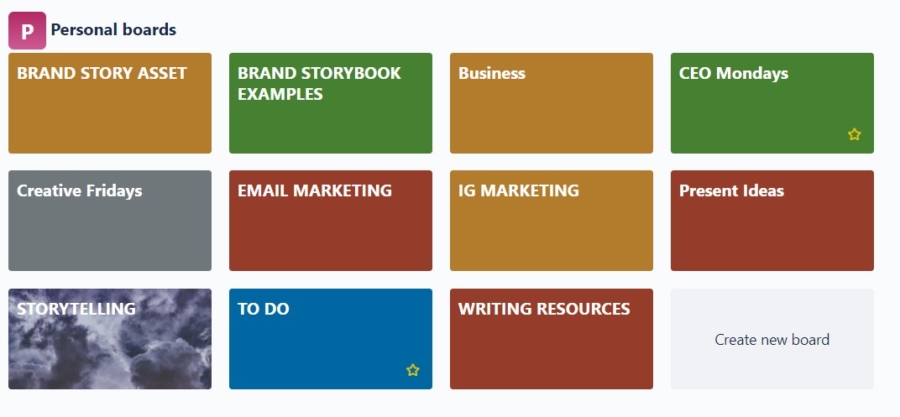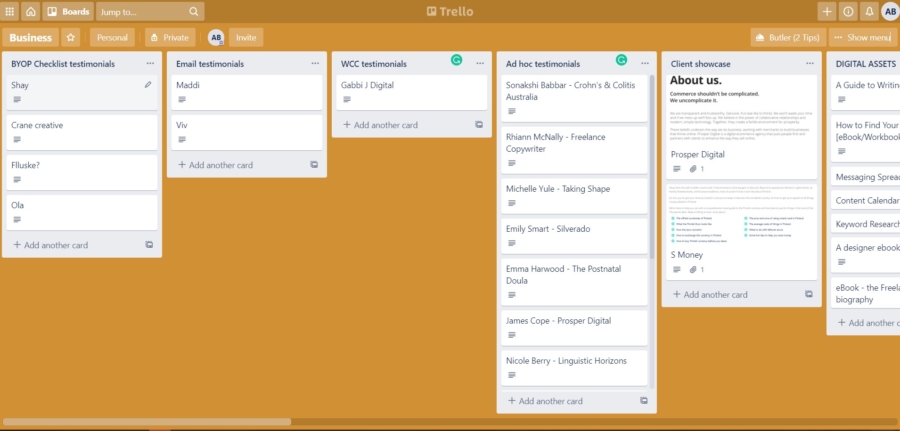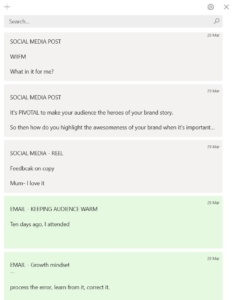Few things can distract me from my morning read but Wordle has commanded my attention. The little word game lures me in with the hopes of cracking the code and feeling my first, comparatively effortless win of the day.
It’s the sweet anticipation of impending success, the delicious challenge, that gets me onto my phone but I’m not alone. Not a day passes that I don’t discuss Wordle with at least one of my family members.
But the 5×6 square grid that has taken the world by linguistic storm can teach us a lot more than the fact that there are a helluva lotta English words that end in “ock”.
In fact, the Wordle whirlwind can teach us a lot about how we can better understand and serve people in our businesses.
So let’s crack on.
Hold the freaking reins… What the heck is Wordle and why do we even care?
As a fellow copywriter told me, it’s “short and sharp word nerd satisfaction”.
Wordle, created by software engineer Josh Wardle, gives you six guesses to discover a 5-letter word.
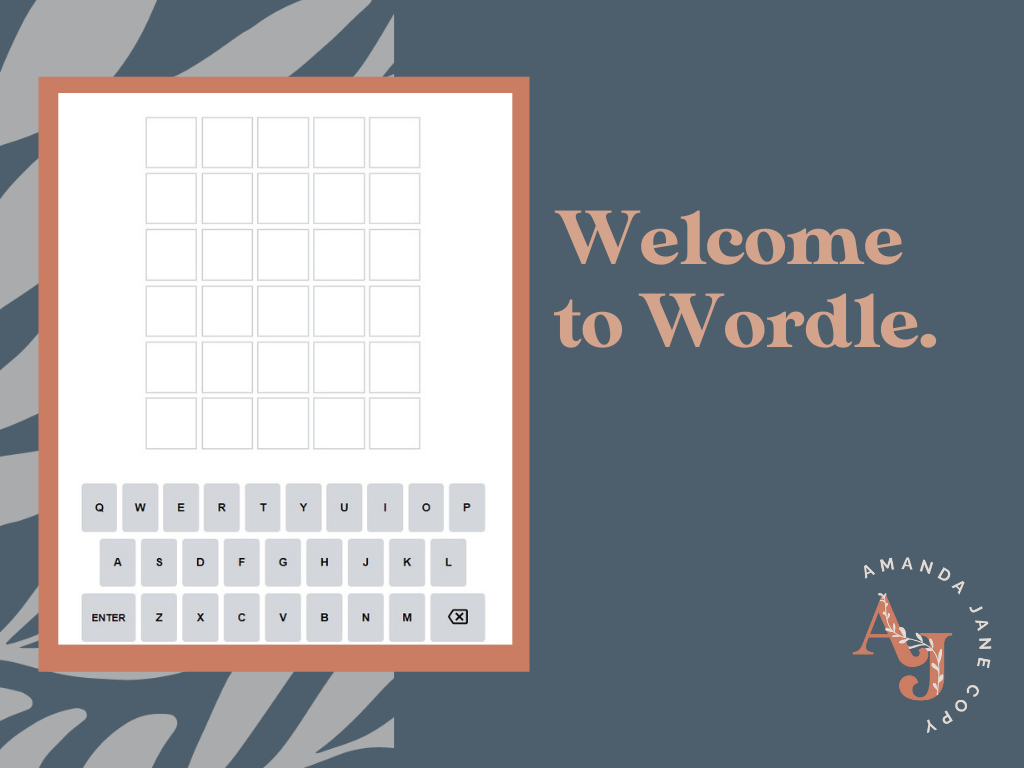
Once you’ve made a guess, you receive a colour code that tells you which letters are in the right spots, which letters exist in the answer but are misplaced, and which letters to forget about.
The daily answer is the same for everybody and the game can only be played once per day.
It was virtually unheard of in November 2021. But today, it’s estimated that roughly 3 MILLION people play this game daily. So what changed? Why has it taken off — and what can its popularity teach us about running and marketing a business?
What can business owners learn from Wordle?
Before I wrote this post, I hit up my Instagram community to find out how they played Wordle and why they love it so much. Their responses appear throughout this post and helped inform the list that follows so… MWAH!
People love shared experiences that create belonging and community.
In November 2021, Wordle had 90 daily players. Can you believe that? NINETY!
By the beginning of January, it had 300,000.
So where did these sudden word lovers come from?
In December, Josh Wardle added the ability to visually share your Wordle results without revealing the answer.
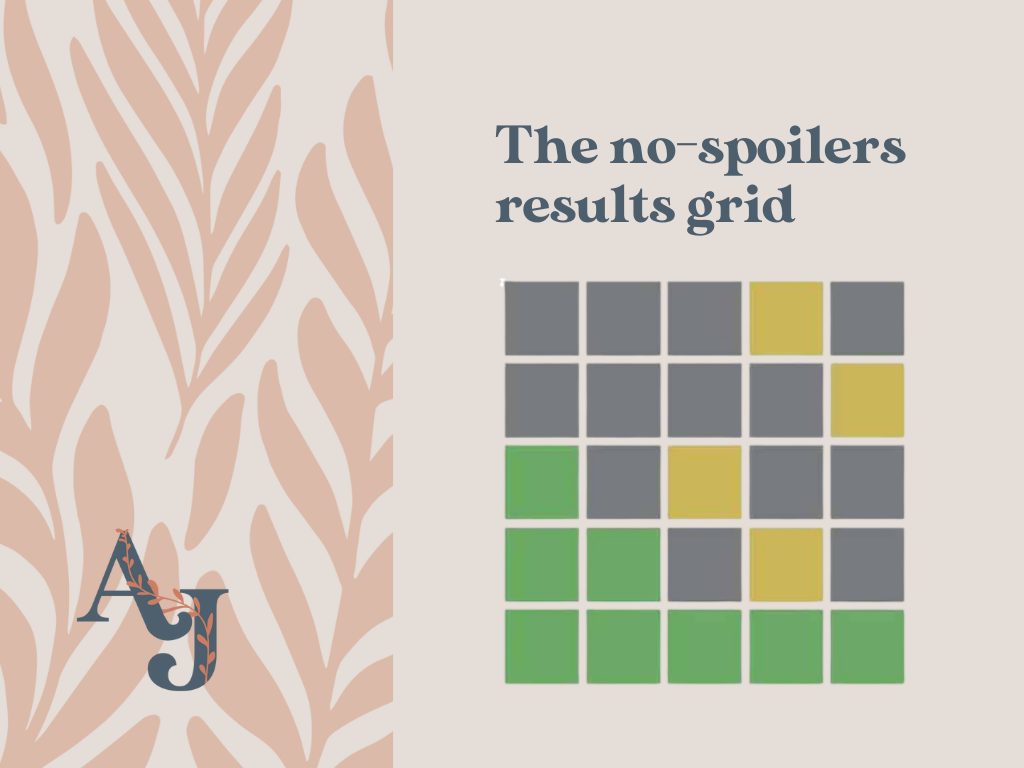
This move had multiple benefits.
Business insight #1: Using visuals helps spread brand awareness.
There’s no better way to stoke interest from outsiders than to spark that FOMO feeling, hey?
This sudden shareability created intrigue and made Wordle desirable by creating visual representation of the game’s community, an inner club.
Outsiders got on board pretty dang fast because EVERYBODY wanted to belong.
Business insight #2: This simple word game reminds us of people’s innate craving for connection and belonging through shared experiences.
The visual results grid helped people tell their story, imbuing their results with greater meaning and provoking discussion (“what on EARTH did you guess in your third word to get THAT result?!”). This created a shared experience.
Shared experiences are simply hearing, seeing, or doing the same thing. A Yale study found that sharing something together amplifies the experience, compared with unshared experiences.
“It’s keeping me connected to others I wouldn’t necessarily text often.”
Whether you’re off your feet all day or simply a screen-fatigued introvert, Wordle provides an effortless way for you to drop into someone’s digital chats and connect through a shared experience.
As Wardle says: “[It] is just a really low effort way of checking in and letting people know you care about them. And there’s something new to discuss each day if you want to.”
Action: Think about how you can create a shared experience or sense of belonging in your business.
Consider:
- Creating a quiz that resonates with your community and compels them to share their results “because they feel seen”.
- Shout out the people who have signed up to your latest group program to create a sense of community.
- Offer special insights, access, or products to your most loyal customers and clients.
- Give your community a special on-brand name that makes it clear they’re VIPs.
- Publicly welcome and celebrate clients who have become a part of your community.
- Run a campaign that encourages people to capture themselves using their product and tag you with a hashtag. Then incorporate their content into your marketing. (Think Kathmandu’s #OutThere, The North Face’s #NeverStopExploring, or Adidas’s #NothingIsImpossible campaigns, all encouraging people to get active or adventurous).
I’ve signed up to more than one program and bought more than one product simply because I wanted to be “part of the crew”.
People love a-ha moments
Apparently, the buzz you get when the answer is revealed is called a “sudden influx of fluency”.
Seriously, psychologists? SERIOUSLY?
Someone send ‘em a copywriter…
Basically, we’re built to chase after that feel-good revelation. It’s notable for these characteristics:
- It’s sudden (surprising and immediate).
- It’s achieved without too much difficulty.
- It produces positive gratification.
- It produces confidence about being right.
And according to social psychologist Matt Baldwin, it’s a state we chase in other parts of our lives as well, including…
OUR WORK!
Business insight #3: Humans feel good when they accomplish things, no matter how big or small.
Actions: What can you do in your business to help people feel a sense of gratifying and instantaneous accomplishment?
- Create a short biz quiz on Instagram, using the quiz sticker so your followers get immediate answers.
- Create content — blog posts, YouTube videos, and so on — that answer their questions quickly and easily.
- Address their pain points and immediately follow up with your solution in your website copy (as I’ve done on my blog copywriting page)
People respect scarcity and appreciate boundaries
Wordle has a limit to how many games you can play each day: ONE.
ONE!
Applying a strict one-a-day limit to games is refreshing. In a world where 24/7 news channels and social media depend on addiction to drive profits, this seems almost ludicrous business sense.
Even Silicon Valley-trained Josh Wardle knew that profit-driven apps must capture and hold people’s attention using push notifications, sign-up info, and endless play to keep them invested.
And that’s how he began Wordle, as a prototype in 2013 with the ability to start a new game right after you finished the last.
But when he shared it with a few friends, they admitted that they played it for a bit, then put it down and forgot about it.
So Wardle changed the game. Gave you just one round every 24 hours. And if my Instagram respondents are anything to go by, that move was a major hit.
“I love that you can only play once a day and that we all have the same word!”
Social psychologist Matt Baldwin suggested that providing a daily limit on the Wordle game “keeps the feeling from becoming too basic or too familiar.”
Scarcity keeps it interesting — we crave the next ‘a-ha moment’ but have to wait another 24 hours to enjoy it.
Business insight #4: Making something too readily available reduces its perceived value.
People take things for granted when they’re available 24/7.
Business insight #5: People are inundated with entertainment and appreciate boundaries.
Among those I spoke with, many loved the unbingeability of Wordle. One loved that you couldn’t “get sucked in”, an interesting framing that suggests other games and apps (*cough* social media *cough*) were manipulative through their addictiveness.
Action: Consider how you can drive up the value of your offerings (without indulging in manipulative marketing and creating unnecessary scarcity!):
- Announce a limit on group programs and tell people when that limit is approaching.
- Make it clear how many projects you accept each month.
- Create a limited edition product.
- Implement a time limit to course access (many course creators find completion rates are lower on courses with lifetime access).
Business insight #6: People love finite and achievable goals.
The finite nature of Wordle — that it can be played once and once only — makes the game “feel do-able”.
It can be played over the morning’s mug of tea, making it, as one commentator said, “not as big as a commitment as Words with Friends”.
Action: Think about what you can do on your website to make it easier for people to commit to your offer:
- Outline your service process so people know exactly what’s required of them.
- Make shipping and return policies clear from the outset.
- Simplify the “path to purchase” (don’t make your website visitors jump through hoops to buy/book from you).
- Embed “actionable steps” into your website with clear buttons so people know what to do next.
- Make your website copy scannable so that people don’t feel like reading one page is a big commitment. Short sentences, short paragraphs, and LOTS of white space.
Businesses flourish when they’re responsive to the needs of those they serve
One of the respondents to my Insta-questionnaire said that Wordle “makes me feel as though I’m better with words than I thought.”
In fact, this is intentional.
Josh Wardle designed the Wordle game to be challenging but achievable in a time when a global pandemic was addling our brains a little.
He even added specific features to nurture players, giving them a little encouragement and a nudge to keep going.
Specifically, he ensured the keyboard keys grey out once you’ve tried certain letters, showing you which untested letters remain.
As he said on a podcast interview with Slate:
“That just felt like a really nice, simple way to ease people on. And I think a lot of people who don’t normally play word games are enjoying Wordle because of things like that.”
Likewise he only added shareability after a Kiwi Twitter user created her own spoiler-free grid to share her results. When he saw other people take it up, he brought the functionality into the game itself for all to enjoy.
Business insight #7: Businesses thrive when they enter into a collaborative relationship with the people they want to serve.
Action:
- Use “social listening” to find out what the people you serve REALLY crave. Stalk them (in a non-creepy way) on Facebook and Instagram, on LinkedIn, on Reddit — wherever your community gathers to chat.
- Send out feedback forms to gather more info to improve your services and products.
- Continuously respond to the needs of your community.
It doesn’t matter how you get to your goals, as long as it’s right for you
My little sister spends all day on Wordle. She’ll enter her first guess on the way to work. Mull over her second as she’s opening tills. Debate the third attempt with colleagues. Tentatively enter a fourth on her lunch break.
In between it all, she’s contemplating the combinations of words, the possibilities… all with the goal of getting the right answer in as few guesses as possible.
While she’s driving to work, I’ll be parked on the outdoor lounge, tea in hand, book abandoned, the 30-square grid before me.
I’ll enter my starting word. It’s usually a combination of some of the most common letters in English: stare, tears, rates…
Then I’ll blunder my way through, often throwing in a completely random second guess to cover off as many letters as I can. Maybe mound.
(Side note: mathematicians get as excited about Wordle as copywriters. Enough to calculate the best Wordle starting words to win as quickly as possible through maths. It turns out what I thought were my clever attempts aren’t even close…).
Before my sister has even arrived at work, I’ve sent her my results grid. My aim — driven partly by impatience and partly by anticipation — is to get the answer FAST.
I’m not alone but I’m definitely in the minority. Among my Instagram community, only 22% aim for speed. The rest agonise over combinations to bring the guesswork down to as few attempts as possible.
For yet others, it’s satisfying simply to get the answer at all in their six attempts.
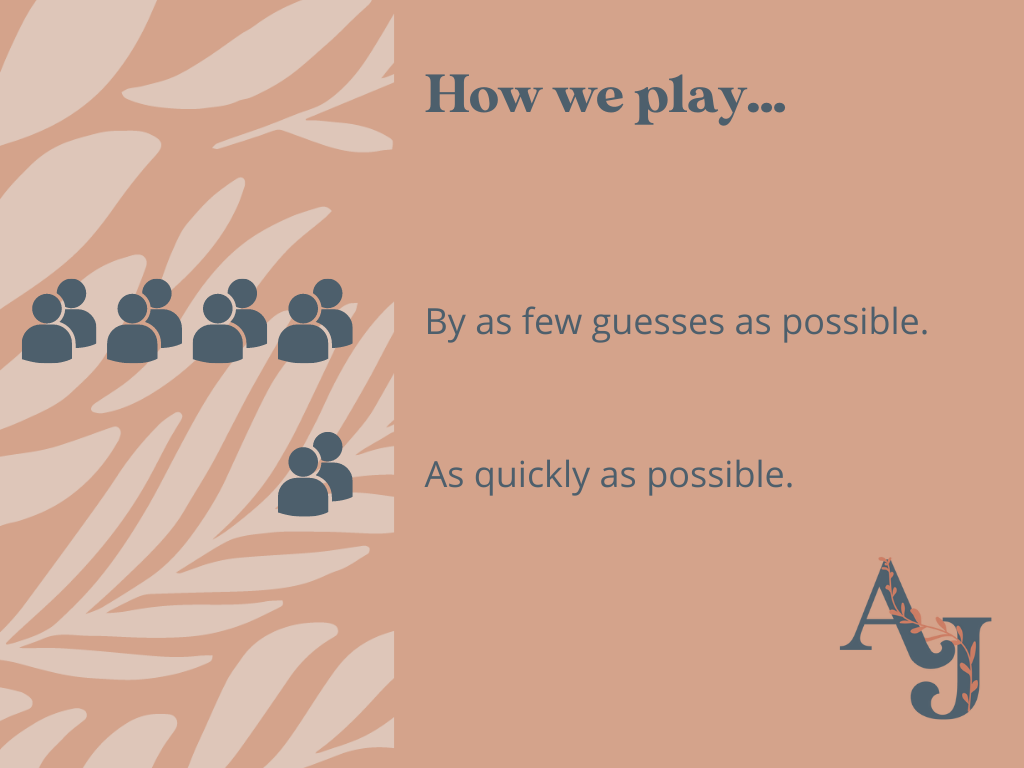
Business insight #8: It doesn’t matter how you tackle the “game”, as long as you choose a method that suits you.
In business, we’re told SO often what’s right and wrong. Hourly rates vs fixed rates. Group programs vs individual projects. 24/7 delivery vs a dedicated weekly delivery day.
These shoulds and musts often run contrary to why we started business in the first place: to be our own bosses. To do things our own way.
(Although take note: In grammar and spelling, there ARE rights and wrongs with little grey area. My Copywriter’s Reference Guide lays it all out for you to serve as a reference guide well into the future. I even used it to write this blog post 😏)
Action: Do you. If it works for you, suits you, brings you happiness, apply business blinkers to your competitors, ignore the naysayers, and do it your way.
It reminds us to celebrate the little wins
Whether it’s a lucky guess on the second go or a battle to the sixth line on a particularly tricky word, we relish the end result (there’s that sudden fluxxy state again).
Business insight #9: We all want a win every once in a while. But in small biz life, we often chase after the big wins and forget to celebrate the smaller victories.
Sometimes, during those particularly low patches, it can be enough to respond to a tricky email. That’s worth celebrating too. Go grab yourself an English Breakfast and a choc chip bikkie. You deserve it.
Action: Every day, Wordle shows you how far you’ve come. In business, it’s not always quite as clear. Pause at the end of each day, week, month, quarter — whenever works for you — and note successes big AND small. Sometimes, it’s the small ones that get you to where you wanna be.
Aiiiiight. Let’s celebrate the community spirit Wordle delivers. It’s your turn. Drop in the comments what YOU love about Wordle and what you’ve learned from it 👇

